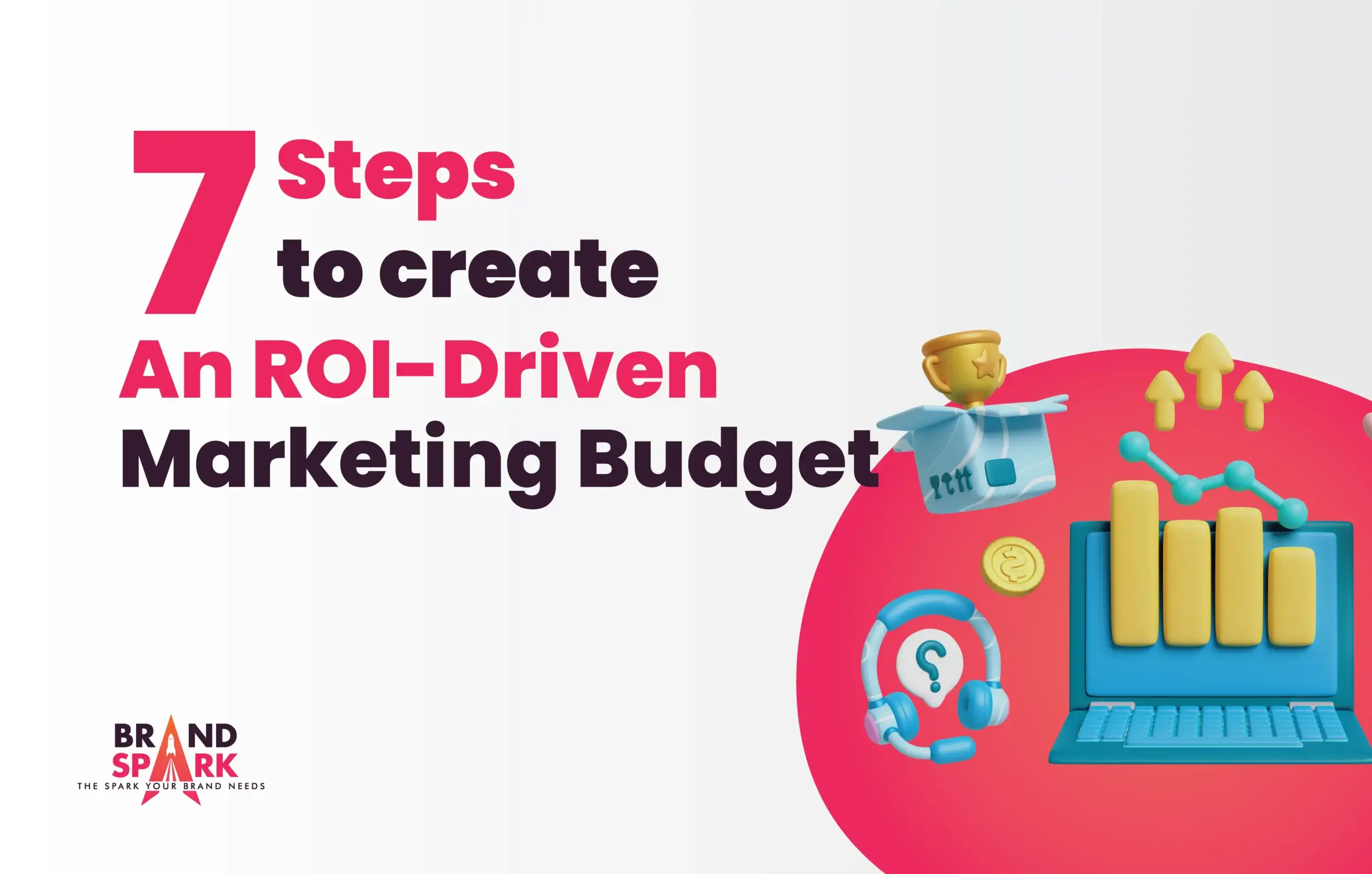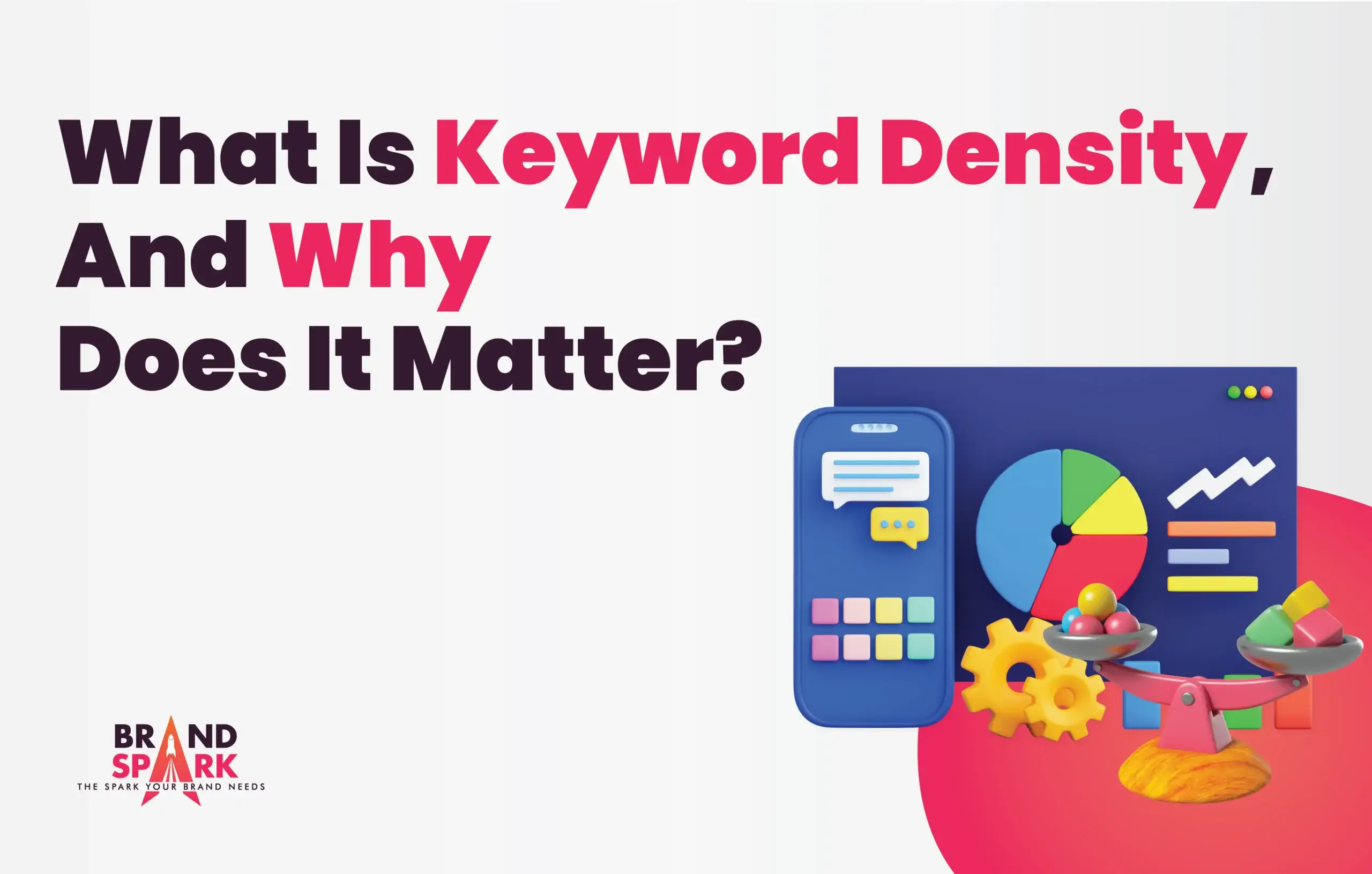In the dynamic realm of marketing, achieving a Return on Investment (ROI) is the holy grail. Crafting an ROI-driven marketing budget is not just about allocating funds but strategically investing in channels and campaigns that yield measurable returns. Let’s explore seven essential steps to create a marketing budget that not only aligns with your business goals but also ensures a tangible and positive ROI on marketing spend.
1. Set Clear Objectives:
Begin with a crystal-clear understanding of your business objectives. Whether it is increasing brand awareness, driving lead generation, or boosting sales, align your marketing goals with overarching business targets. This foundational step lays the groundwork for a budget that prioritizes initiatives with a direct impact on your bottom line.
2. Know Your Audience:
Understanding your target audience is pivotal. Invest time and resources in comprehensive market research to identify your audience’s preferences, behaviors, and pain points. This insight allows you to tailor your marketing strategies to resonate with your audience, ensuring that every dollar spent contributes to meaningful engagement.
3. Prioritize High-ROI Channels:
Not all marketing channels deliver the same ROI. Analyze past campaigns, conduct industry research, and identify the channels that historically yield the highest returns. This could include a mix of digital platforms, content marketing, social media, email campaigns, or even traditional methods, depending on your audience and industry.
4. Allocate Budget Strategically:
Once high-ROI channels are identified, allocate your budget strategically. Focus on initiatives that align with your objectives and have a proven track record of delivering results. A balanced allocation ensures that resources are optimized, preventing overspending on less effective channels.
5. Leverage Data and Analytics:
Data is the backbone of ROI-driven marketing. Implement robust analytics tools to track the performance of your campaigns. Regularly analyze key metrics such as conversion rates, customer acquisition costs, and lifetime value. This data-driven approach not only informs budget decisions but also enables you to create an ROI report that provides insights for future strategies.
6. Measure and Refine:
An ROI-driven marketing budget is a dynamic entity. Regularly measure the performance of your campaigns against set KPIs. Identify what’s working and what needs adjustment. Be agile in reallocating resources to initiatives that demonstrate a positive ROI. Continuous refinement based on performance insights is key to long-term success.
7. Create an ROI Report:
A comprehensive ROI report is the cornerstone of evaluating the effectiveness of your marketing spend. Include key metrics, financial data, and a breakdown of ROI for each channel. Clearly articulate how each campaign contributes to your business objectives. This report not only guides future budgeting decisions but also communicates the tangible impact of marketing efforts to stakeholders.
Brand Spark: Maximizing ROI for Your Business
At Brand Spark, we specialize in creating ROI-driven marketing strategies that elevate our clients’ businesses. Our approach integrates a deep understanding of client objectives, audience dynamics, and data-driven analytics to craft budgets that deliver measurable returns. As experts in the field, we leverage our experience to prioritize high-ROI channels, allocate resources strategically, and continuously refine strategies for optimal results.
In conclusion, creating an ROI-driven marketing budget is not just about numbers; it’s about strategic investment and measurable impact. By setting clear objectives, understanding your audience, prioritizing high-ROI channels, leveraging data and analytics, and creating a comprehensive ROI report, you pave the way for marketing success that directly contributes to your business growth. Partner with Brand Spark to embark on a journey where every marketing dollar is an investment in your business’s prosperity.














